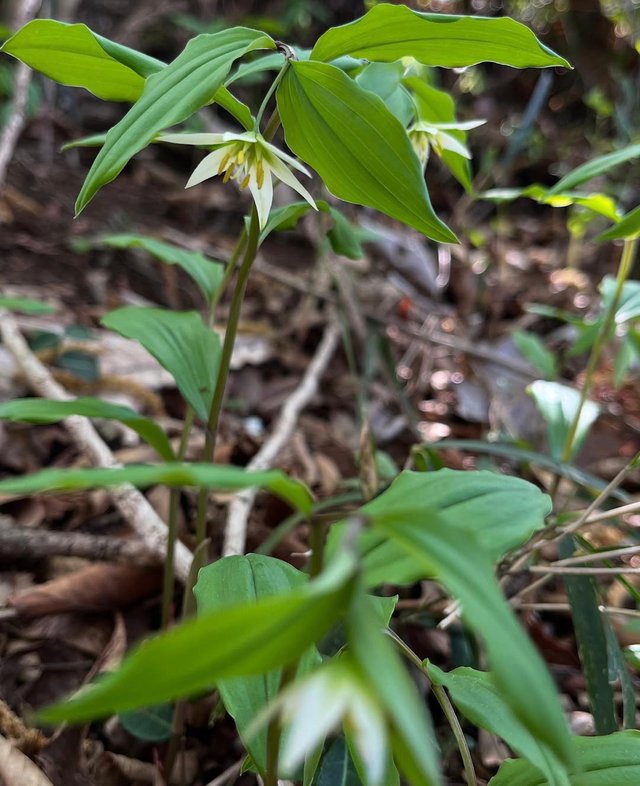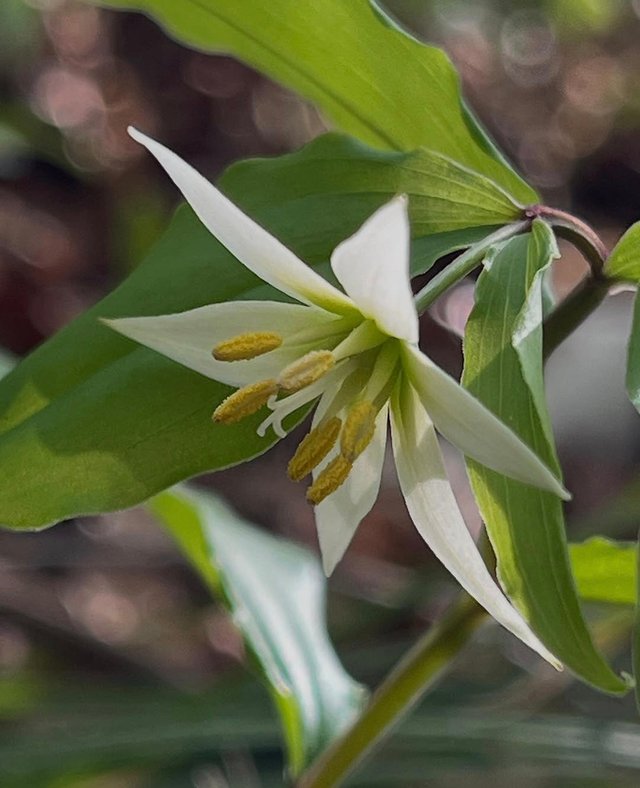Disporum viridescens Flower
In the quiet corners of temperate forests across northeastern Asia—spanning regions of China, Japan, Korea, and parts of Russia—there grows a plant that might be easy to miss, yet rewards those who pause to notice. Disporum viridescens is a woodland perennial that brings subtle elegance and quiet charm to the spring and early summer landscape.Disporum viridescens belongs to the family Colchicaceae, a group known for its herbaceous perennials, many of which share a love for shaded, cool environments. It is sometimes compared to members of the lily family due to its graceful form and bell-like flowers. The species name “viridescens” hints at its greenish coloring—derived from Latin, meaning “becoming green” or slightly green.
Typically growing to a height of 30 to 60 cm (12 to 24 inches), the plant features unbranched or lightly branched stems with alternate leaves that are lance-shaped and gently pointed. The arching, sometimes slightly zig-zagging stems create a natural, flowing line that contributes to its visual grace in the garden or wild habitat.The flowers of Disporum viridescens emerge in late spring to early summer, appearing singly or in pairs at the ends of the stems. They are nodding and bell-shaped, often greenish-yellow or pale green in color. These modest blooms don't shout for attention—instead, they offer a subdued and calming presence, blending beautifully with the surrounding foliage of a shaded woodland.
The green tones of the flowers might seem unremarkable to some, but in the context of their habitat—where vivid flowers are rare—they offer a unique and pleasing contrast. The tubular blossoms are also attractive to pollinators, especially small bees and flies, who are drawn to their quiet nectar offerings.After the flowering season, Disporum viridescens transitions into its fruiting phase. The flowers give way to small, shiny berries—typically black or deep purple—nestled in the greenery. These fruits not only add visual interest but may also serve as a food source for birds and small mammals, playing a small yet important role in the forest ecosystem.



